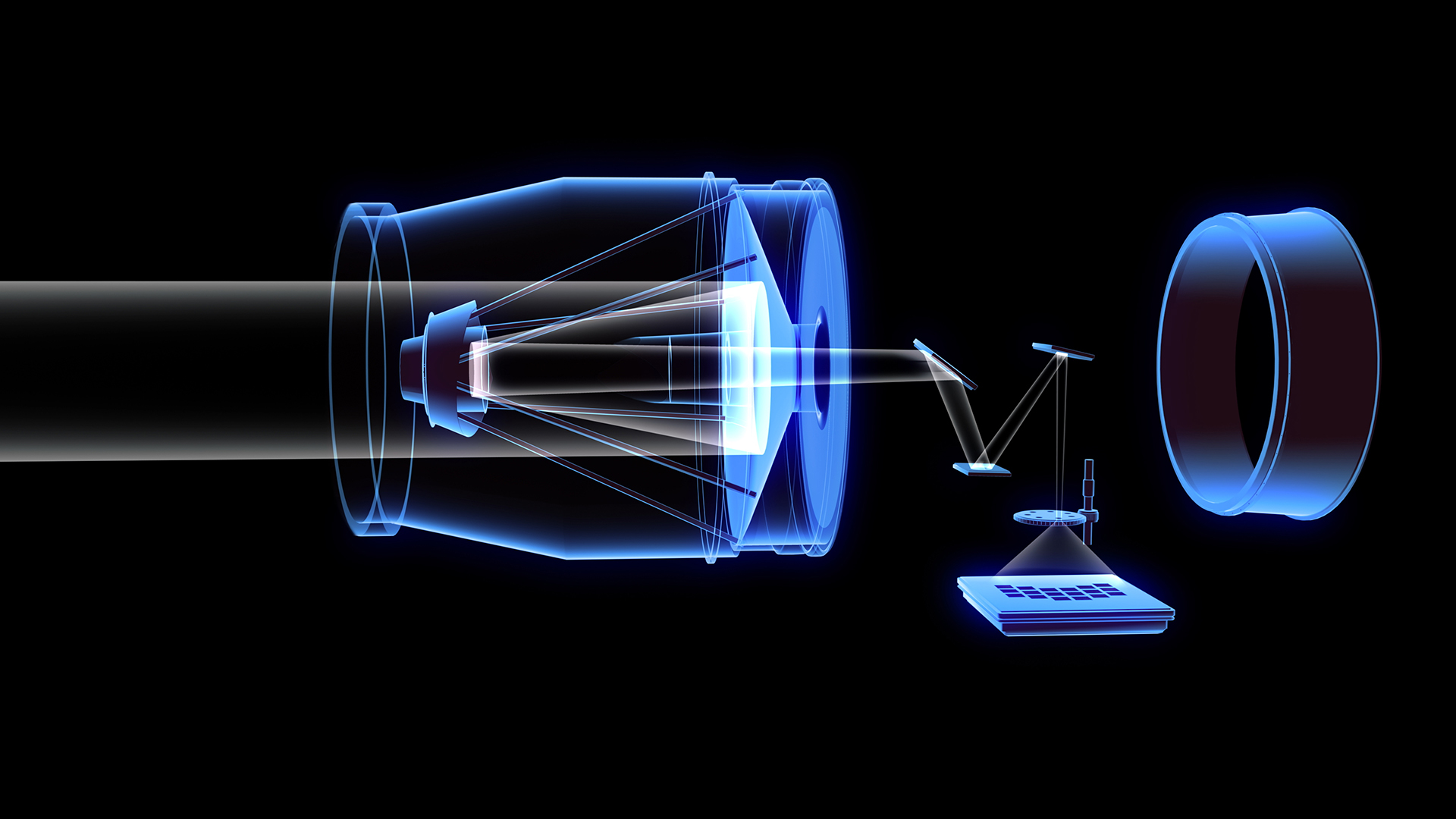History of the Roman Mission

View the Timeline

Dec 12, 2024
The team has successfully integrated the mission’s telescope and two instruments onto the instrument carrier, marking the completion of the Roman payload. Now the team at NASA’s Goddard Space Flight Center in Greenbelt, Maryland, will begin joining the payload to the spacecraft.

Nov 7, 2024
The mission has now received its final major delivery: the Optical Telescope Assembly, which includes a primary mirror, nine additional mirrors, and supporting structures and electronics.

Oct 28, 2024
The Roman team has successfully completed integration of the Roman Coronagraph Instrument onto Roman’s Instrument Carrier, a piece of infrastructure that will hold the mission’s instruments, which will be integrated onto the larger spacecraft at a later date.

Aug 13, 2024
Roman's Solar Array Sun Shield has successfully completed recent tests, signaling that the assembly is on track to be completed on schedule.

Apr 17, 2024
NASA’s Roman Space Telescope’s ‘Eyes’ Pass First Vision Test. Engineers have combined all 10 mirrors for NASA’s Nancy Grace Roman Space Telescope.

Quarterly Hardware Highlight: Fall 2023
A collection of some of the Nancy Grace Roman Space Telescope hardware milestones from the fall of 2023.

Sep 13, 2023
Primary Instrument for NASA’s Roman Completed for the Wide Field Instrument (WFI), this state-of-the-art tool will enable astronomers to explore the cosmos from the outskirts of our solar system to the edge of the observable universe.

Quarterly Hardware Highlight : Summer 2023
A collection of some of the Nancy Grace Roman Space Telescope hardware milestones from the summer of 2023.

May 16, 2023
The heart of NASA’s Nancy Grace Roman Space Telescope was completed and delivered to Ball Aerospace in Boulder, Colorado, for integration into the WFI (Wide Field Instrument). Called the FPS (Focal Plane System), it serves as the core of Roman’s camera.

Sep 29, 2021
Roman has successfully passed its critical design review, signaling that all design and developmental engineering work is now complete. “After seeing our extensive hardware testing and sophisticated modeling, an independent review panel has confirmed that the observatory we have designed will work,” said Julie McEnery, the Roman Space Telescope senior project scientist.

Sep 3, 2020
The Nancy Grace Roman Space Telescope’s primary mirror, which will collect and focus light from cosmic objects near and far, has been completed. Using this mirror, Roman will capture stunning space vistas with a field of view 100 times greater than Hubble images.

Jul 24, 2020
Roman’s ground system, successfully completed its preliminary design review. "This is an exciting milestone for the mission,” said Ken Carpenter, the Roman ground system project scientist at NASA’s Goddard Space Flight Center in Greenbelt, Maryland. “We are on track to complete the data system in time for launch, and we look forward to the ground-breaking science it will enable."

May 20, 2020
NASA is naming its next-generation space telescope currently under development, the Wide Field Infrared Survey Telescope (WFIRST), in honor of Nancy Grace Roman, NASA’s first chief astronomer, who paved the way for space telescopes focused on the broader universe.

Aug 28, 2019
The telescope for WFIRST has successfully passed its preliminary design review, a major milestone for the mission. This means the telescope has met the performance, schedule, and budget requirements to advance to the next stage of development, where the team will finalize its design.

May 23, 2018
NASA has awarded a contract to Ball Aerospace and Technologies Corporation, Boulder, Colorado, for the primary instrument components for the Wide Field Infrared Survey Telescope (WFIRST).

Jun 22, 2017
NASA Announces Independent Review Panel Members for Wide Field Infrared Survey Telescope. The panel will take a close look at WFIRST — now in phase A — ensuring its scope and cost at this early stage in the life cycle of the mission remain aligned.

Dec 2015
NASA announced on December 17, 2015 the selection of the following Formulation Science Investigation Teams for the WFIRST mission. These teams will work for 5 years with the NASA and Project teams on science requirements, mission design and scientific performance predictions for the mission.

